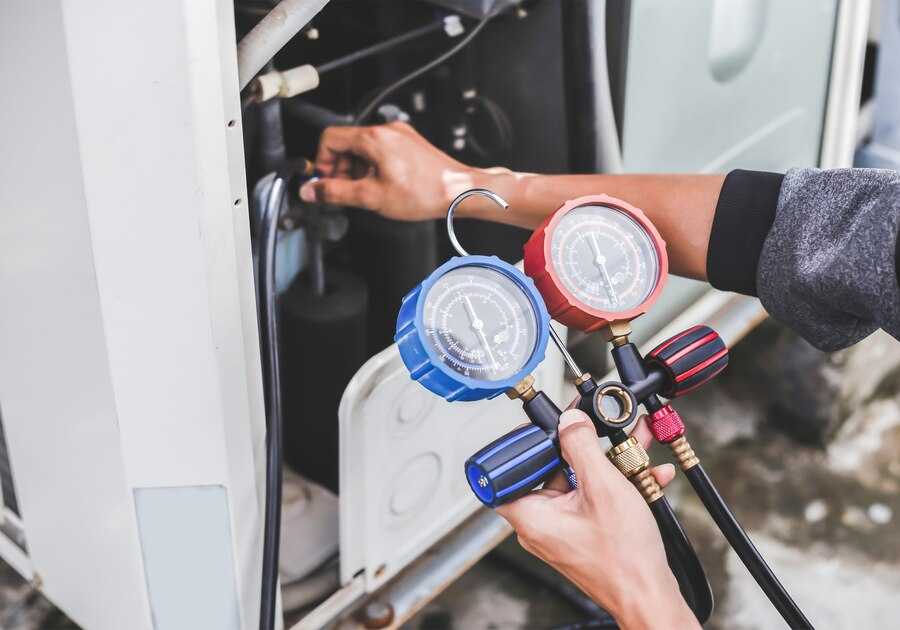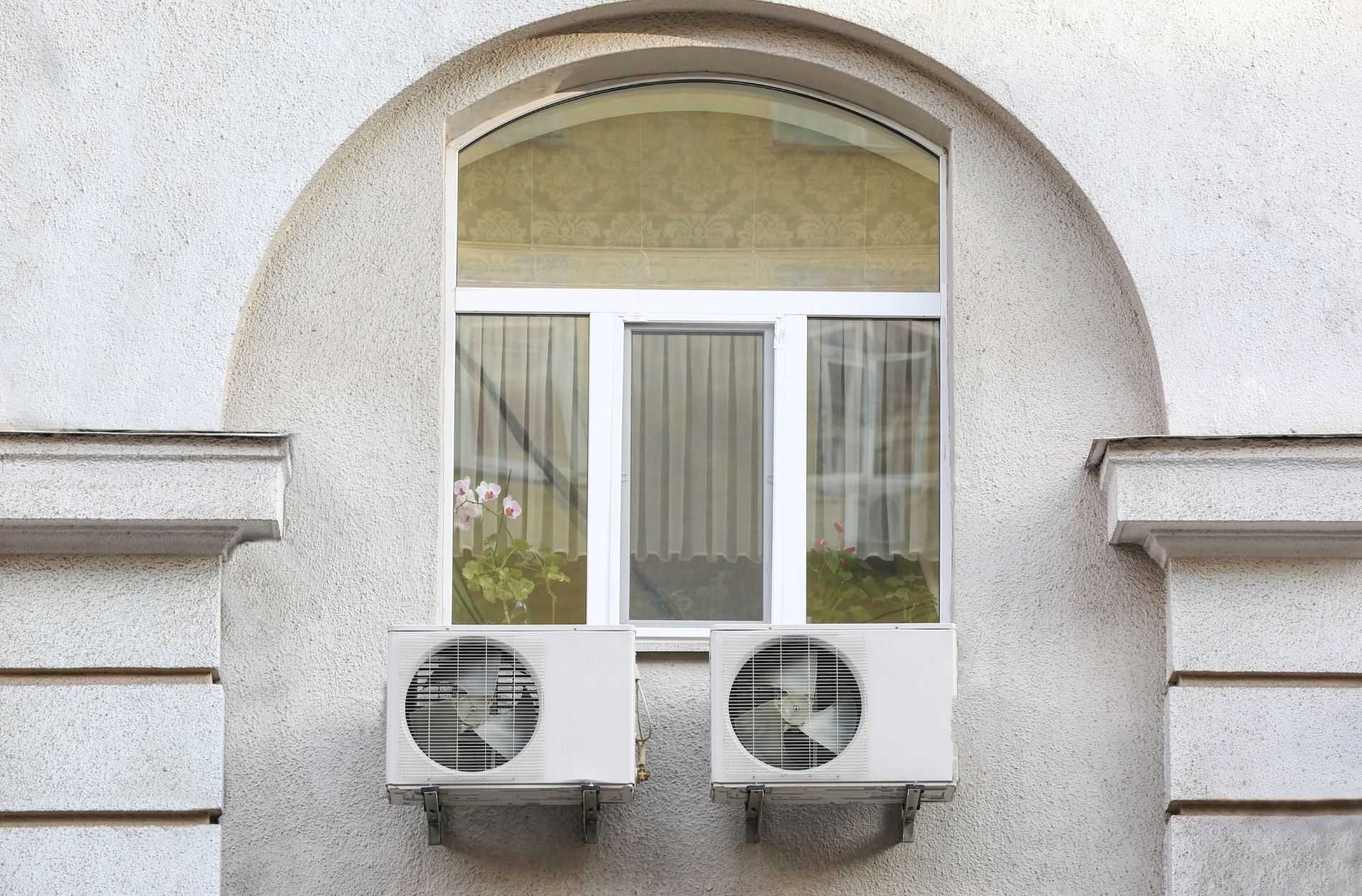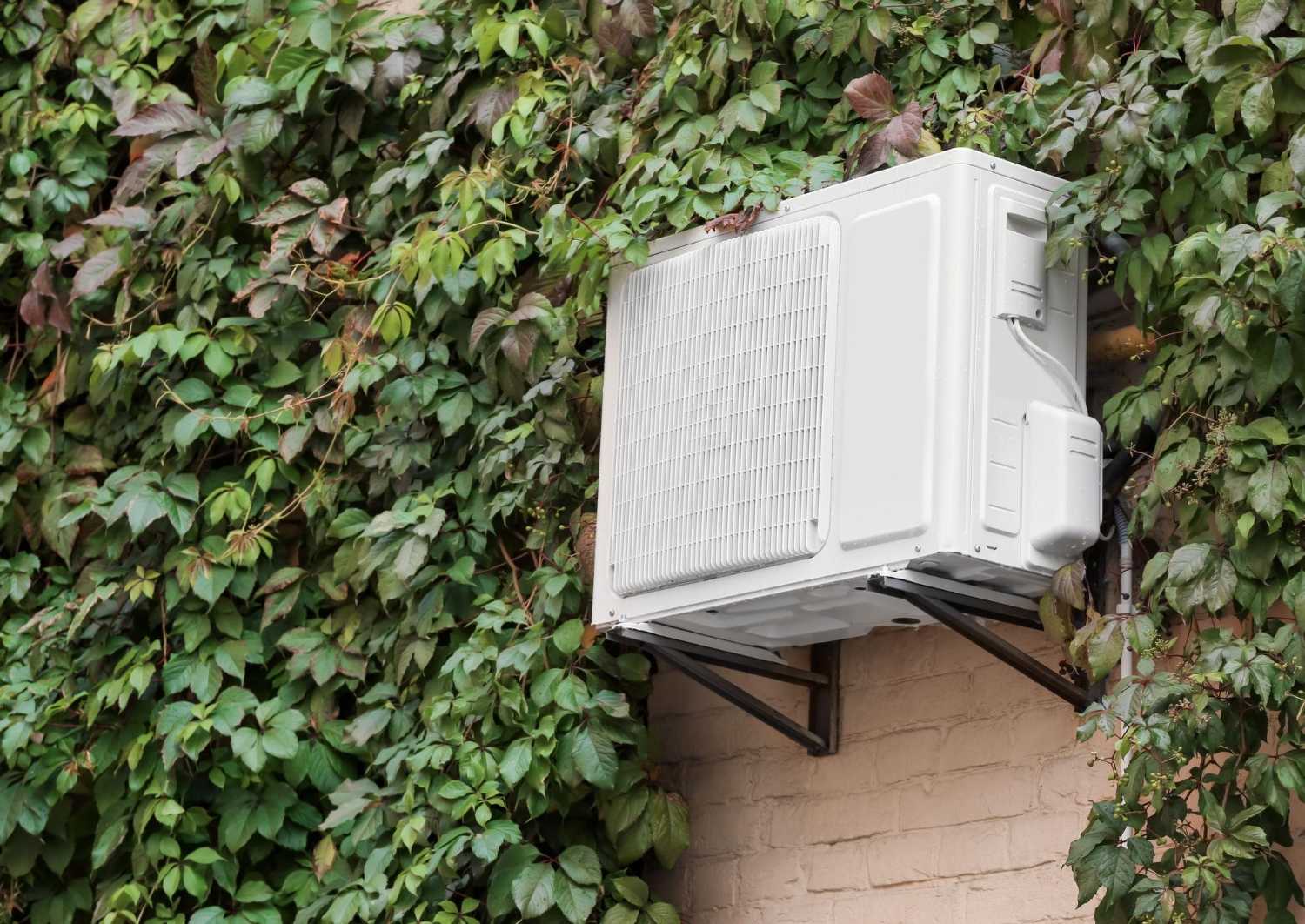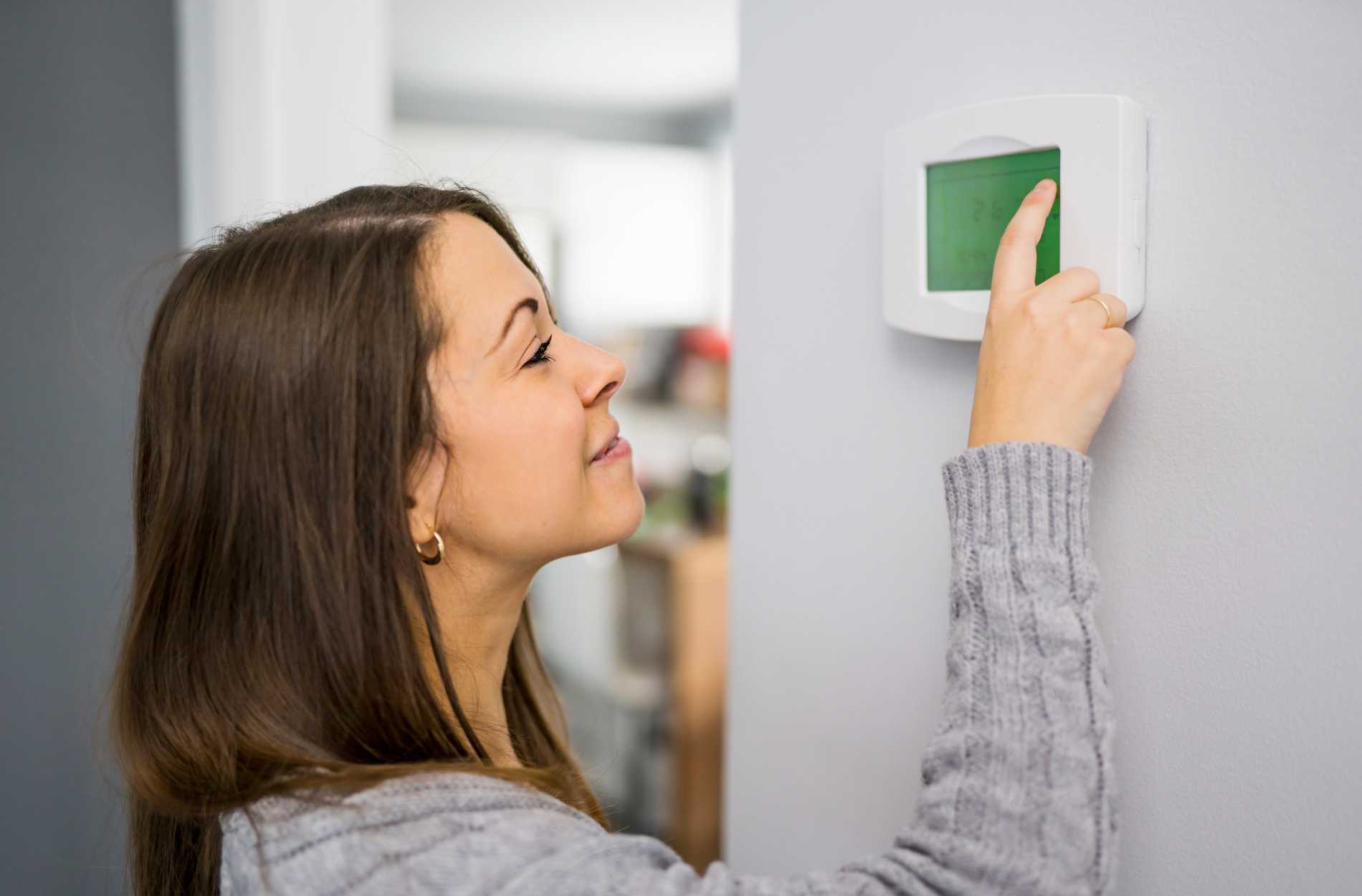AC systems are built to keep your living space cool and manageable during Bowling Green’s peak summer heat. But when the compressor starts acting up, even the best AC unit can’t do its job. The compressor is one of the most important parts of the system. When it fails or underperforms, your entire cooling setup feels the impact. Early signs of trouble often show up gradually, making it easy to overlook until the temperature inside starts rising fast.
Spotting these warning signs early can save a lot of time and discomfort down the line. Whether your system is producing weak airflow or struggling to start altogether, identifying the issue quickly means less stress for your household. Problems with the compressor don’t fix themselves. The longer you ignore them, the more likely they’ll lead to full system failure or high repair costs. That’s why recognizing the symptoms right away is one of the most helpful things you can do during summer in Bowling Green.
Common Symptoms Of AC Compressor Problems
Compressor problems usually show up in a few noticeable ways. You don’t need expert-level knowledge to recognize most of them. In fact, many homeowners figure out something’s wrong just by paying attention to how their system sounds and feels during normal use. If something doesn’t seem right, it’s likely something isn’t.
Here are some of the more common signs many homeowners run into:
– Strange noises near the outdoor unit: A grinding, rattling, clicking, or buzzing sound could mean the compressor is worn out or a component inside is loose.
– Little or no cool air: When the compressor isn’t working effectively, the system may still run, but it won’t deliver proper cooling. Your home may feel stuffy or just slightly cooler.
– Short cycling or trouble turning on: If the compressor is struggling to start or shuts off too soon, it can’t keep consistent airflow going.
– Tripped breaker: A failing compressor may pull more power than usual, causing the breaker to shut the system off.
A real-world example is when a resident in Bowling Green notices the AC has been running but the temperature still climbs. They hear a loud clicking when the system tries to start but no airflow follows. That’s often tied back to compressor issues that could’ve been caught during an earlier maintenance check.
Waiting too long to act on these warning signs can multiply the damage. Every time the system kicks on, it puts more strain on already weak components. Taking quick action—when you notice the first symptom—reduces the amount of wear and saves your household from a heatwave inside your home.
Diagnosing AC Compressor Issues Accurately
Once you’ve noticed something is off, figuring out what exactly is happening with the compressor is the next step. Most of the time, a closer look is needed to know if the issue lies in the compressor itself or another part of the cooling system. Our professionals rely on a series of methods to narrow it down safely and quickly.
Here are a few steps often used to properly diagnose compressor issues:
1. Visual check: The outdoor unit may show signs of wear like scorched wires, damaged connectors, or oil spots that suggest a refrigerant leak.
2. Sound inspection: Listening carefully helps determine whether noises are coming from the compressor motor or somewhere else in the system.
3. Refrigerant level check: Low refrigerant levels can cause the compressor to overheat, while a leak often makes the unit work harder than necessary.
4. Testing electrical parts: Blown fuses, faulty capacitors, or damaged wiring can limit the compressor’s ability to start and run properly.
5. Using diagnostic tools: Pressure gauges and voltage testers help read compressor performance and identify faults that aren’t visible to the eye.
Knowing the exact problem saves time. It also keeps homeowners from having to deal with repeat visits for the same issue or from spending money on unnecessary parts. Trying to figure this out on your own often leads to missed warning signs or even damage to other parts of the system.
Letting trained professionals handle this step gives you a reliable breakdown of what’s wrong and how to move forward. Especially in high summer months, it makes a big difference in keeping your home in Bowling Green consistently cool.
Fixing Minor AC Compressor Problems
When the cause of the issue isn’t major, there are often smaller repairs that can be made to get things back on track. These basic fixes shouldn’t be attempted by homeowners, but understanding them can help you know when a repair is straightforward versus something more complicated. Our professionals regularly fix minor compressor issues that, if left alone, could turn into bigger problems.
Here are several common fixes that our technicians handle during residential AC visits:
– Blown fuses: Replacing a fuse may seem small, but it’s a clear sign that the system may have experienced an electric surge or strain. Simply swapping the fuse without checking for root causes isn’t enough.
– Worn or damaged capacitors: Capacitors help the compressor start up. If they’re faulty, that startup fails, and it feels like the system won’t kick on at all. Replacing capacitors is a frequent repair in summer.
– Dirty surroundings and blocked airflow: Compressors struggle when air can’t flow properly. Cleaning out leaves, grass, and dirt can help prevent overheating and reduce wear on essential parts.
– Loose electrical connections: Vibration and age can loosen wires or connectors. Tightening or replacing them helps reduce power issues and keeps the unit running smoothly.
Even simple problems can create pressure throughout the system during the hotter months in Bowling Green. If your AC starts acting up and any of these repairs are needed, skipping a fix may increase your energy use or shorten the lifespan of your compressor. That’s why a complete inspection along with the needed fix is always the right move.
When To Call Our Professionals
There’s a line between minor tune-ups and problems that demand professional intervention. If the AC isn’t cooling after a few basic tests have been performed, it’s time to bring in our technicians. High-risk repairs, like those involving refrigerant, high voltage, or internal damage, should never be attempted alone. These require training, protective equipment, and the right tools.
Here are some signs that point to the need for expert help:
– The compressor repeatedly trips the circuit breaker
– You smell burnt wiring or see melted insulation
– Refrigerant leaks are detected
– The AC starts, makes noise, and immediately shuts off again
– Replacement parts have failed shortly after being installed
A lot of systems fail because the first repair didn’t go far enough or wasn’t done correctly. Even worse, the wrong fix can damage other components. That means higher costs and more stress for a Bowling Green homeowner during peak heat periods. Our professionals can inspect the system thoroughly and make safe repairs that are built to last through the rest of the season.
Preventative maintenance also falls under this category. Letting our technicians perform routine checks gives you confidence that your AC will handle the heat all summer. It also lowers the chance of repeat breakdowns or sudden, bigger problems.
Keeping Your AC Efficient During Bowling Green’s Summer
Your AC compressor plays a key role in keeping things cool and comfortable when summer hits Bowling Green at full strength. When it’s not working right, everything from airflow to energy use can go sideways quickly. Recognizing early warning signs like noise, short cycling, or weak air gives you the chance to take action before things get worse.
Understanding how to identify and respond to problems, along with spotting the difference between simple repairs and larger system issues, is a smart move for any homeowner. Small things—like trimming back plants near the unit or replacing filters regularly—can support the compressor’s performance too. But once the system stops cooling completely or shows signs of damage, waiting could lead to an even bigger disruption.
Trusting experienced professionals to find and fix compressor problems is the fastest path back to a cool, comfortable home. Whether you’re dealing with a minor issue or suspect a full system breakdown, timely support can save both time and money—and help you avoid the stress of sweating through peak heat in Bowling Green.
If you notice your system acting up during the summer heat in Bowling Green and need reliable AC repair in Bowling Green, Carter Heating and Cooling can help restore your home’s comfort quickly. Our technicians work diligently to diagnose and address compressor issues so you can spend less time worrying and more time enjoying a cool home. For a quick estimate or to book a service visit, please contact us today.










